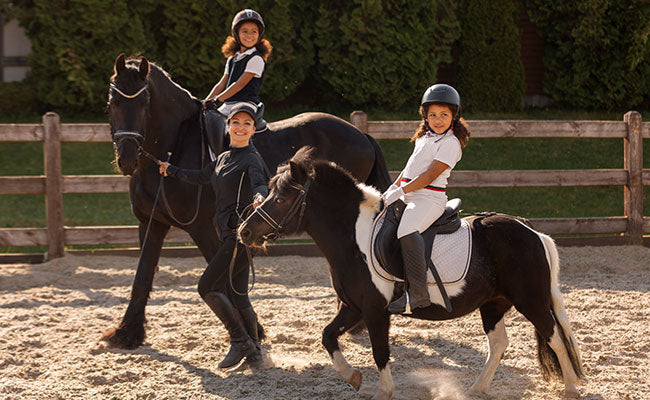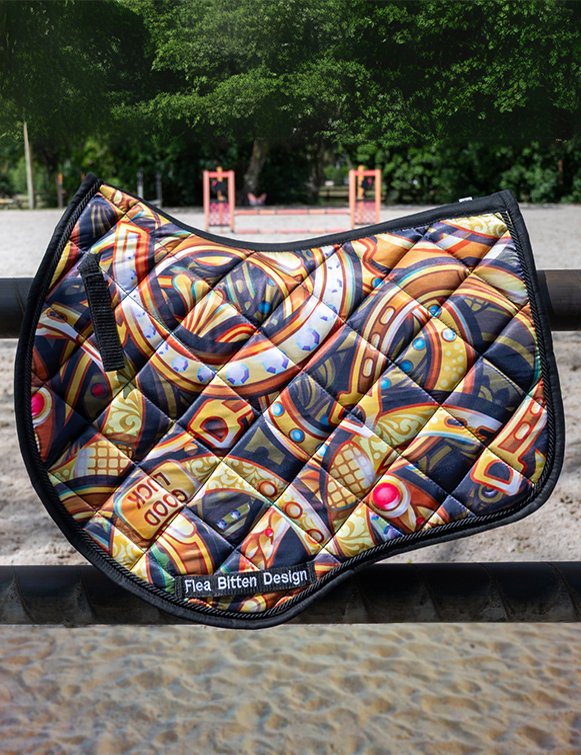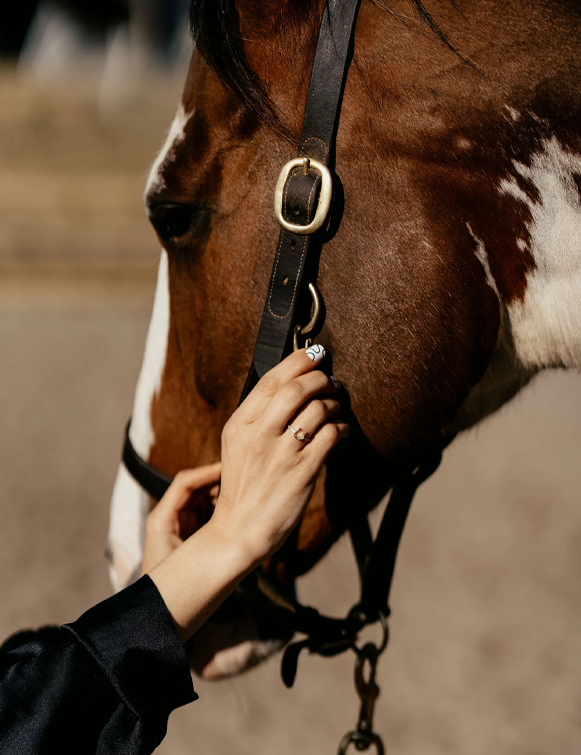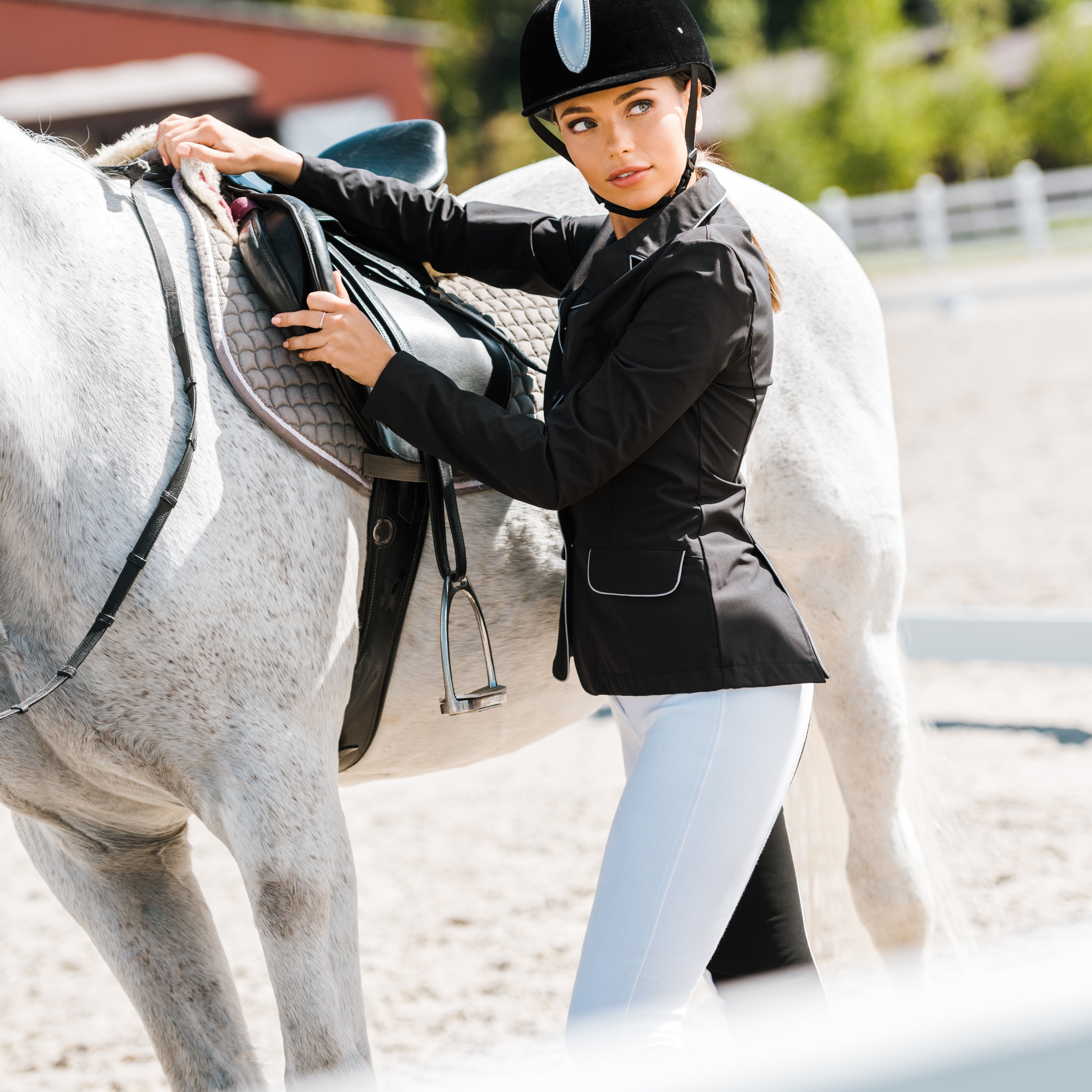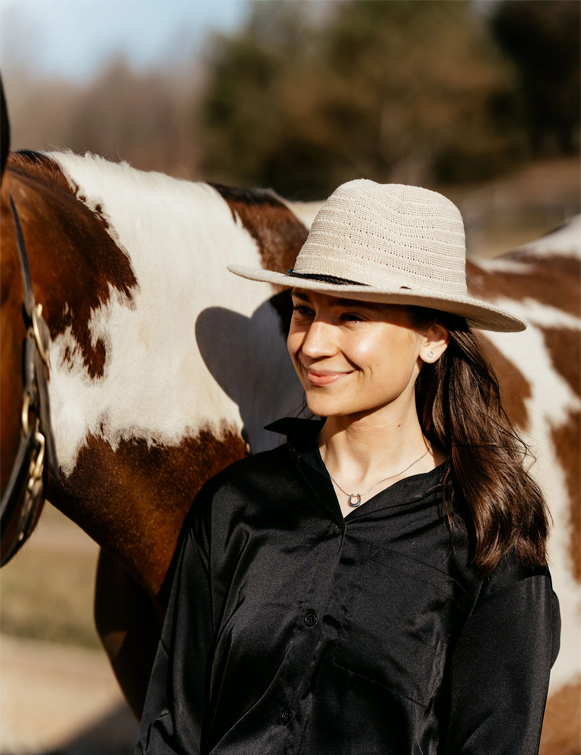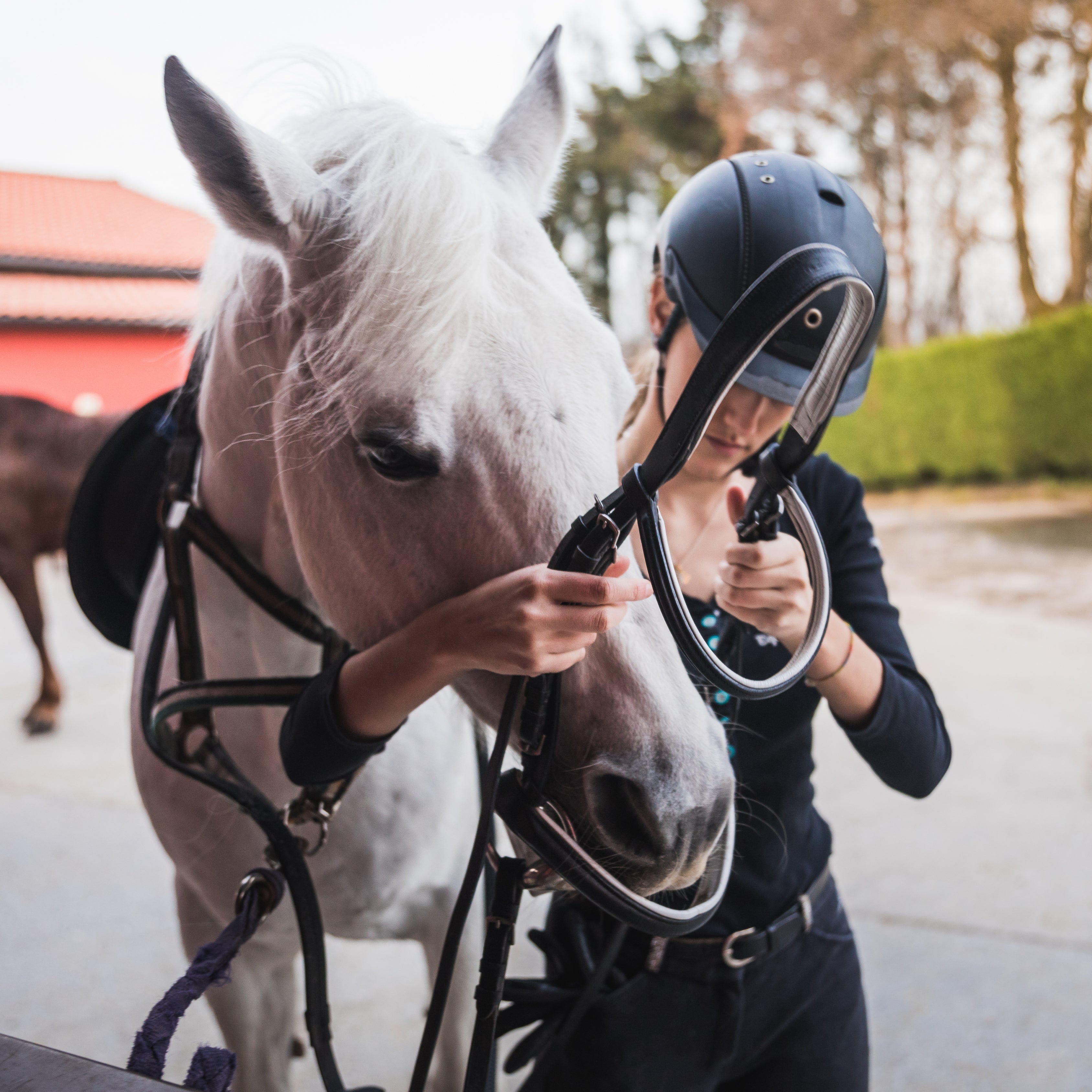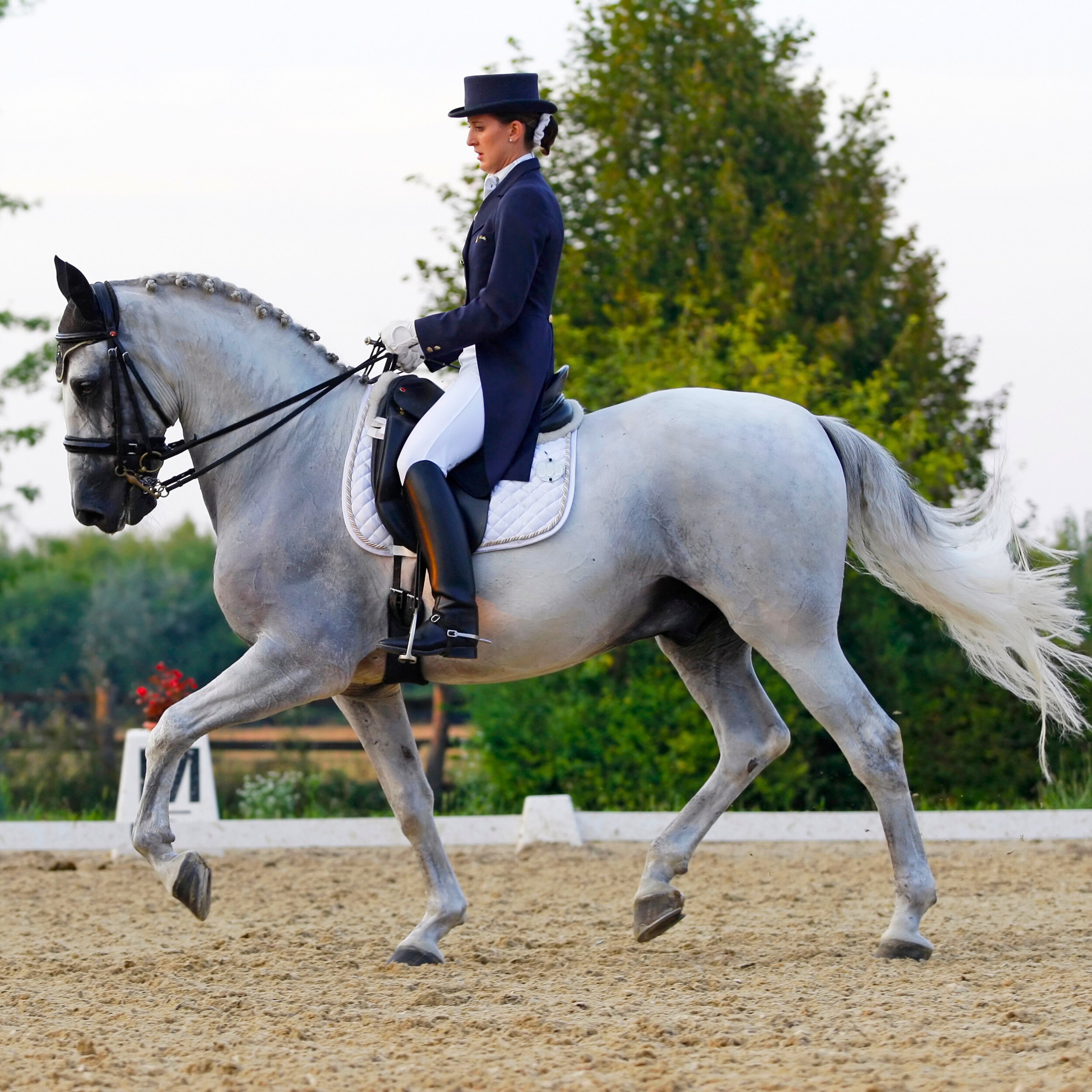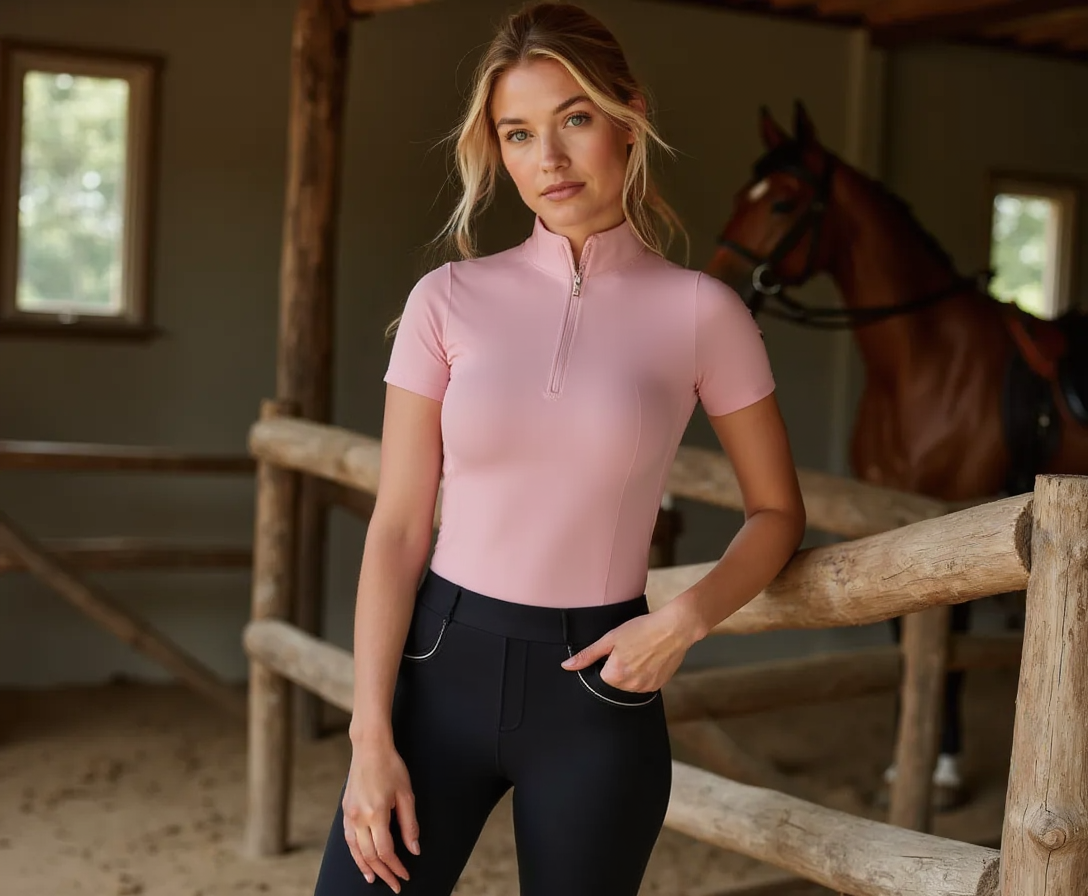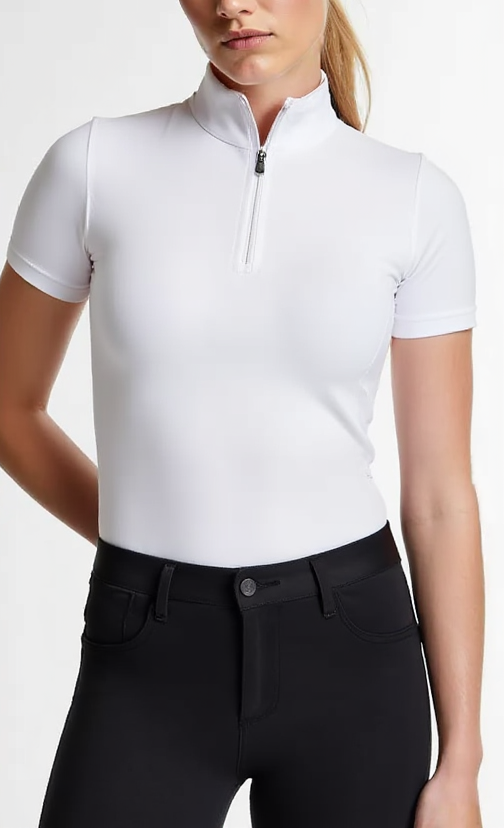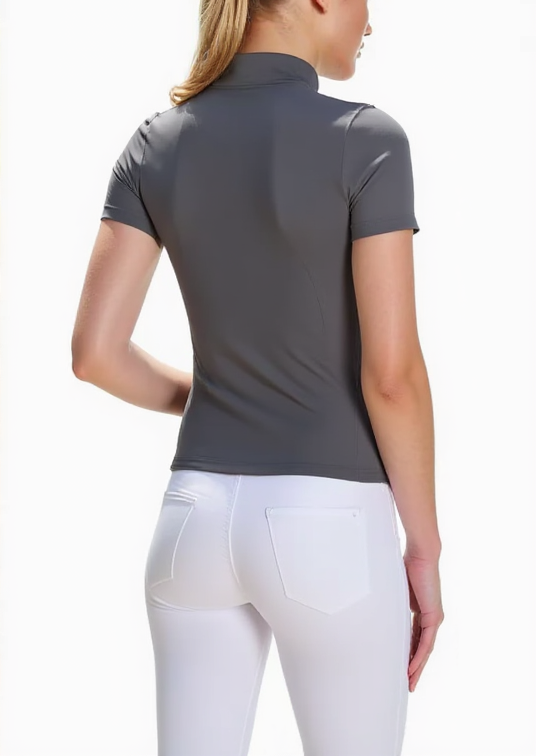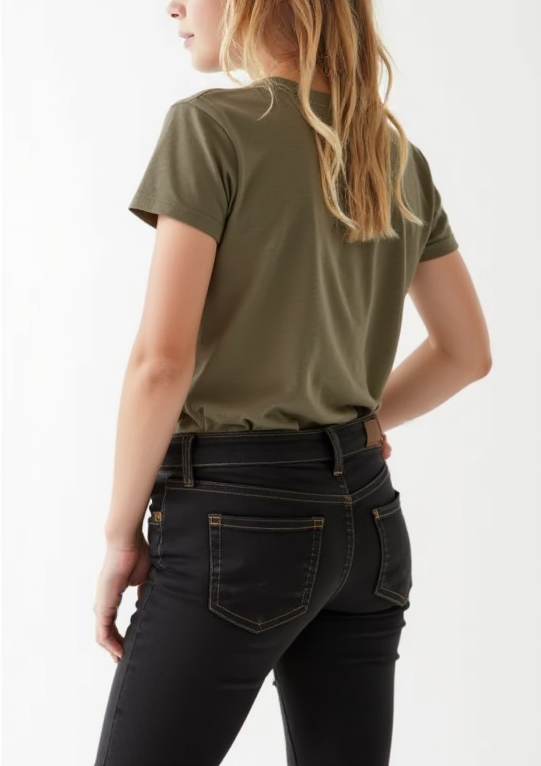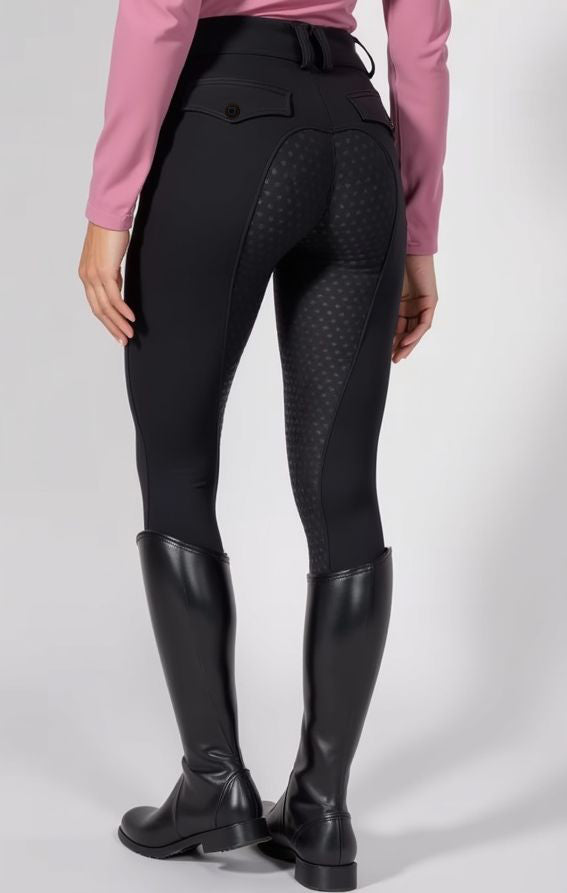Getting started with horseback riding is an exciting and rewarding journey, but selecting the right tack can feel overwhelming, especially with the vast range of options available. From saddles and bridles to grooming tools and protective gear, understanding what you truly need versus what is optional can be a challenge for beginners. Investing in the right equipment ensures not only a safe and comfortable ride but also a positive experience for both you and your horse.
When choosing tack, it’s important to focus on quality, fit, and functionality rather than just appearance. Ill-fitting or low-quality gear can cause discomfort, reduce performance, and even lead to injuries for both the rider and horse. Additionally, different riding disciplines—such as English, Western, and trail riding—may require specific types of tack, making it essential to understand what suits your needs best.
Whether you’re starting riding lessons, leasing a horse, or preparing to buy your first horse, knowing which tack items are essential will help you make informed purchasing decisions. This guide will walk you through the must-have tack for beginners, explaining each item’s purpose, how it benefits your horse, and what to look for when making your selections. By focusing on the right basics from the start, you’ll set yourself up for a safe, enjoyable, and successful equestrian journey.
Saddle: The Foundation of Your Ride
A saddle is one of the most essential pieces of horse tack, acting as the connection between rider and horse while providing stability, balance, and comfort. The right saddle helps distribute the rider’s weight evenly across the horse’s back, preventing soreness and ensuring a smooth, controlled ride. Choosing the correct saddle is crucial for both safety and performance, as an ill-fitting saddle can cause discomfort, pain, or even long-term health issues for your horse.
The type of saddle you need depends on your riding discipline. English saddles are commonly used for dressage, show jumping, and eventing, featuring a lighter design with a closer contact fit for precision riding. Western saddles are designed for Western riding and working cattle, offering a deeper seat and a horn for added security and stability during long rides or rodeo events.
When selecting a saddle, it’s essential to ensure that it fits both you and your horse correctly. A poorly fitting saddle can lead to soreness, behavioral issues, and even injuries. Factors such as tree width, seat size, and panel shape all play a role in proper saddle fit. If you're unsure about the best option, consulting a professional saddle fitter can help you find the ideal saddle for your riding style and your horse’s conformation. Investing in a high-quality, well-fitted saddle from the start will greatly enhance your riding experience and your horse’s well-being.
Bridle and Bit: Communication with Your Horse
The bridle is one of the most important pieces of tack, acting as the main tool for communication between rider and horse. It allows the rider to give subtle cues for steering, stopping, and collection, helping to establish clear and effective communication. A well-fitted bridle ensures both comfort and responsiveness, making it easier for the horse to understand and follow commands.
A bridle consists of several key parts. The headstall secures around the horse’s head and holds the bit in place. The reins attach to the bit and are used by the rider to guide and control the horse’s movements. The bit is a metal or synthetic mouthpiece that helps translate the rider’s rein cues into signals the horse can understand.
For beginners, a simple snaffle bit is often the best choice, as it provides gentle, direct pressure without being too harsh. Many beginner-friendly riding programs start with this bit because it encourages light, clear communication. However, not all horses respond the same way to bits, so it’s important to consider your horse’s temperament and previous training. If you’re unsure, consult with your instructor or trainer to determine the best bridle and bit combination for your horse.
A properly fitted bridle is essential for comfort and effectiveness. Straps should be snug but not tight, and the bit should sit correctly in the horse’s mouth without causing pinching or discomfort. Taking the time to select and fit the right bridle will ensure better control, smoother rides, and a happier horse.
Saddle Pad: Cushioning and Protection
A saddle pad is an essential piece of tack that sits between the saddle and the horse’s back, providing cushioning, preventing friction, and absorbing sweat. It helps distribute pressure evenly, reducing the risk of soreness and discomfort for the horse. A well-chosen saddle pad not only enhances comfort but also protects the saddle by keeping it clean and dry.
There are different types of saddle pads designed for various riding disciplines. All-purpose saddle pads are a great option for beginners as they work well with most English saddles and provide a comfortable fit. Dressage saddle pads are shaped to accommodate the longer flaps of dressage saddles, while jumping saddle pads are contoured for close-contact saddles. For Western riders, Western saddle pads are much thicker and larger to provide additional cushioning and support for the heavier saddle.
When selecting a saddle pad, ensure it is the right size and shape for your saddle and your horse. A pad that is too small may cause pressure points, while one that is too large can create unnecessary bulk. Look for materials that are breathable and moisture-wicking, such as cotton or fleece, to keep your horse cool and comfortable during rides. Regularly cleaning and maintaining your saddle pad will help extend its lifespan and keep your horse happy and healthy.
Girth or Cinch: Securing the Saddle
A girth (for English saddles) or a cinch (for Western saddles) is a crucial piece of tack that keeps the saddle securely in place while you ride. It wraps around the horse’s belly and attaches to the saddle on both sides, ensuring stability and preventing the saddle from slipping forward or backward. A properly fitted girth or cinch is essential for both rider safety and the horse’s comfort.
Girths and cinches come in a variety of materials, including leather, neoprene, and fabric. Leather girths offer a traditional look and durability but require regular maintenance. Neoprene and synthetic girths are easy to clean, flexible, and often more comfortable for horses, as they help prevent chafing and irritation. Some girths also have elastic ends to allow for slight movement and expansion as the horse breathes.
When selecting a girth or cinch, ensure it is the correct size and shape for your horse. A girth that is too tight can cause discomfort and restrict movement, while one that is too loose may allow the saddle to shift, creating an unsafe riding experience. Some designs feature anatomical shaping or gel padding for extra comfort, making them a great option for sensitive horses. Checking the girth before mounting and periodically throughout the ride ensures a secure and comfortable fit.

Stirrups and Stirrup Leathers: Stability and Balance
Stirrups are an essential part of your saddle setup, providing support, balance, and security while riding. They allow riders to maintain a proper leg position, absorb shock, and aid in mounting and dismounting. A well-fitted stirrup setup enhances comfort and control, making riding safer and more enjoyable.
For English saddles, stirrups attach to the saddle using stirrup leathers, which are adjustable leather or synthetic straps that allow riders to set their preferred leg position. Western saddles, on the other hand, have built-in fenders that replace stirrup leathers, offering a wider and more stable base of support.
Beginners should consider using safety stirrups, which are designed with quick-release mechanisms to reduce the risk of getting caught in the stirrups during a fall. Options such as peacock stirrups, breakaway stirrups, or stirrups with flexible arms help prevent the foot from getting trapped, enhancing rider safety.
When choosing stirrups, it’s important to ensure they are the correct size for your foot. A stirrup that is too narrow can cause discomfort, while one that is too wide may reduce control. Lightweight, shock-absorbing materials like aluminum or composite stirrups are great options for beginners, offering both stability and comfort. Properly adjusting your stirrup length also plays a key role in achieving a balanced and effective riding position.
Halter and Lead Rope: Handling Your Horse on the Ground



